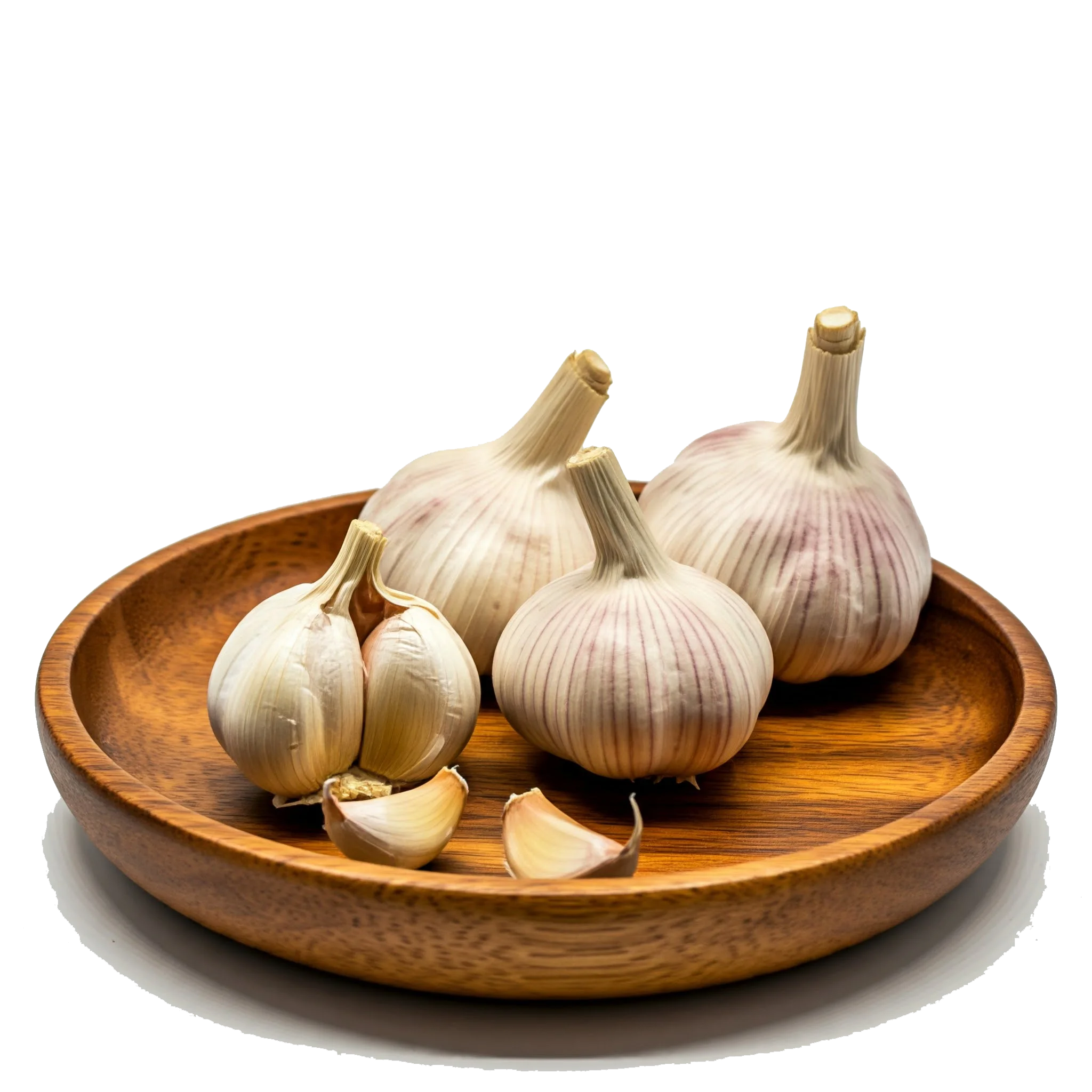

Top Health Benefits of Shrimp Fried Rice You Need to Know
Shrimp Fried Rice is a flavorful and satisfying dish that offers a well-balanced mix of macronutrients. Packed with high-quality protein from shrimp and eggs, it supports muscle maintenance and repair, while the vegetables provide essential vitamins, minerals, and fiber for digestive health. The rice contributes complex carbohydrates that serve as a primary energy source, making it a great option for an energizing meal. Shrimp is also rich in selenium, iodine, and omega-3 fatty acids, which support thyroid function, heart health, and reduce inflammation. When prepared with minimal oil and using whole grain or brown rice, this dish can be made even healthier, offering a nutrient-dense alternative to heavily processed fast foods.
 Cooked /
White Rice : 3 Cup
Cooked /
White Rice : 3 Cup Shrimp : 300 g
Shrimp : 300 g Chicken Egg : 2 Piece
Chicken Egg : 2 Piece Garlic : 2 clove
Garlic : 2 clove Onion : 1 Piece
Onion : 1 Piece Carrot : 1 Piece
Carrot : 1 Piece Green Peas : 1/3 Cup
Green Peas : 1/3 Cup Corn : 1/3 Cup
Corn : 1/3 Cup Green onions : to taste
Green onions : to taste Soy Sauce : 2 Tablespoon
Soy Sauce : 2 Tablespoon Sunflower Oil : as needed
Sunflower Oil : as needed Salt : as needed
Salt : as needed black pepper : to taste
black pepper : to tasteRecipe :
For 4 people
Perfect for a quick, high-protein meal that's full of flavor!
To ensure the best flavor and texture in your Shrimp Fried Rice, it's crucial to use cold, pre-cooked rice—ideally rice that has been refrigerated overnight. Freshly cooked rice tends to be too soft and sticky, which can result in a mushy texture. Properly drying and cleaning the shrimp is also essential to avoid excess moisture in the pan, which can hinder the stir-frying process. Use high heat and cook in batches if needed to maintain the wok's temperature and achieve a nice sear on the ingredients. Incorporating aromatics like garlic, onion, or ginger can enhance the overall depth of flavor, while balancing the saltiness of soy sauce with a splash of lime juice or a dash of sesame oil can add complexity. Always taste as you go to adjust seasoning, and finish with fresh herbs or scallions for a burst of freshness.

While Shrimp Fried Rice can be a nutritious choice for many, it may not align with certain dietary restrictions. It is suitable for high-protein and low-calorie diets, and with some minor tweaks, it can be compatible with the Mediterranean or DASH diet plans. However, it is not appropriate for vegan or vegetarian diets due to the inclusion of shrimp and eggs, unless plant-based alternatives are used. It also does not fit the ketogenic diet, as rice is high in carbohydrates, and it is not gluten-free unless certified gluten-free soy sauce is used. Individuals following a Paleo diet would also need to omit the rice and soy sauce entirely. Understanding the components and making appropriate substitutions is key for aligning this dish with specific dietary needs.
...